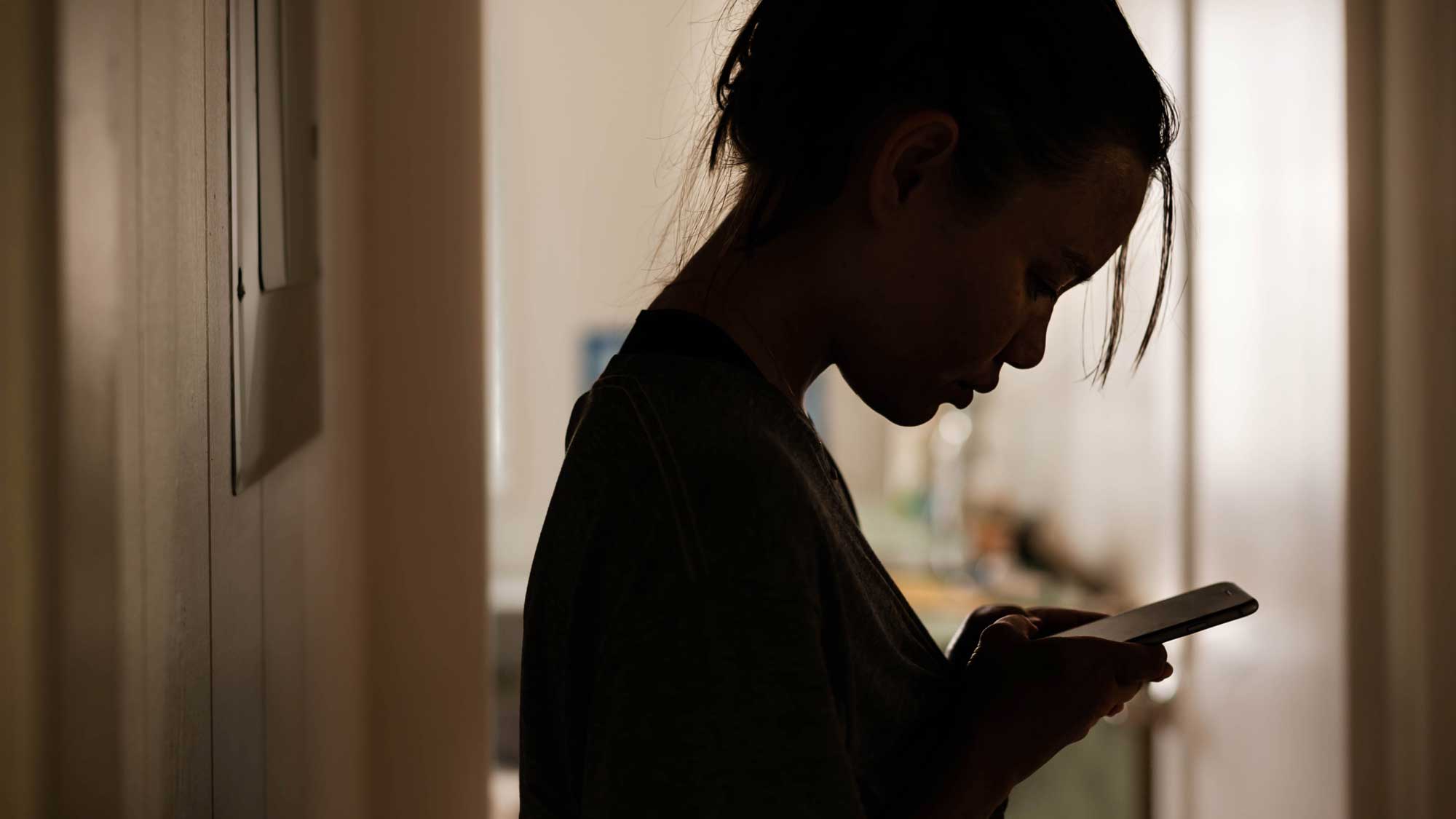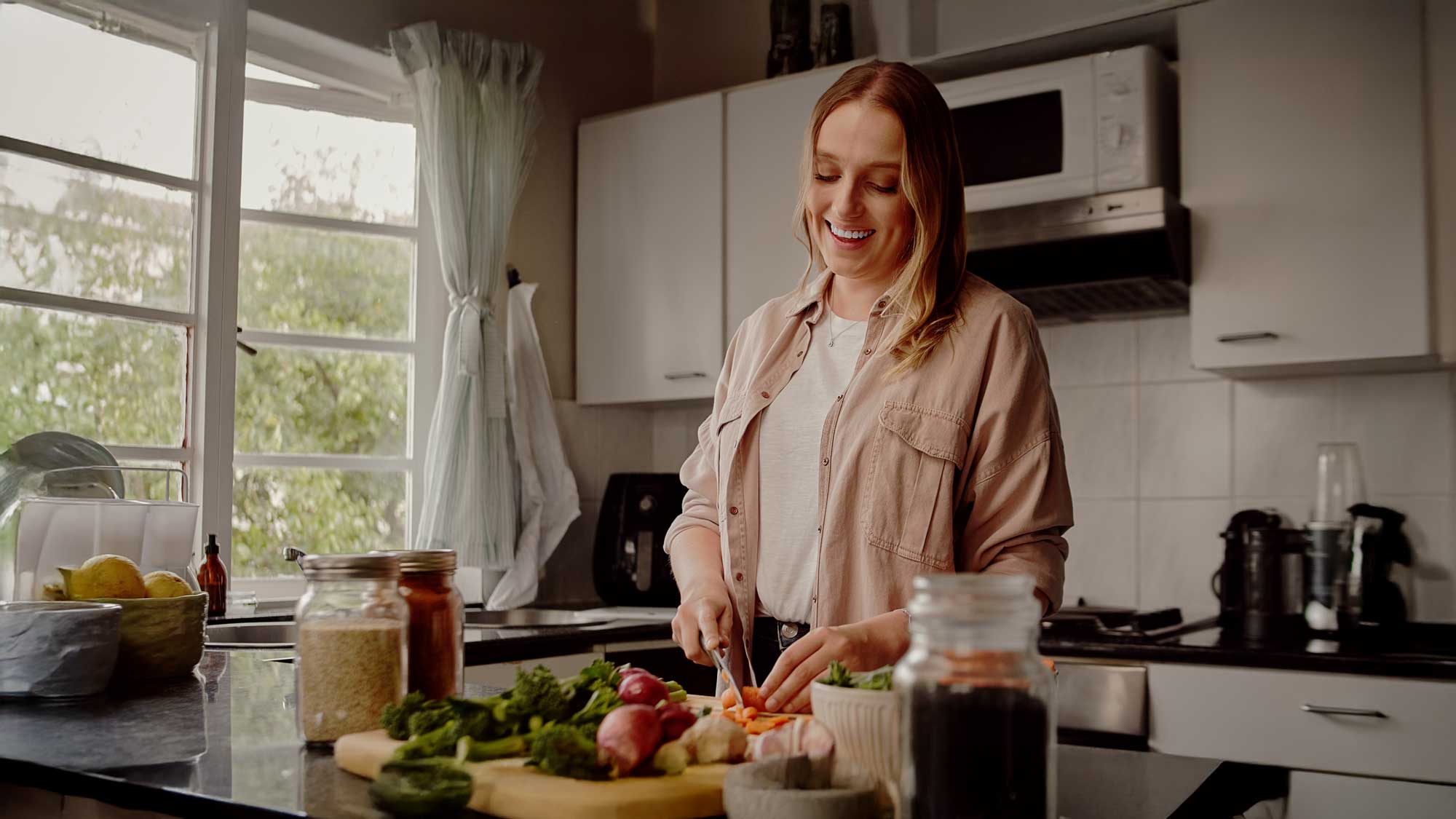Online therapy is emerging as an alternative for people sheltering in place during the COVID-19 outbreak. Because orders to self-isolate forbid gathering in groups, people are using tools such as video conferencing, text messaging, online chat, and the phone to communicate with their therapist and even to participate in individual or group sessions.
There are challenges to transitioning therapy to the phone or virtual communication. However, according to the World Journal of Psychiatry, patients receiving therapy through video conference, for example, reported high levels of satisfaction. Research also shows that remote therapy options have helped people living away from urban centers and where mental health services are limited.
To be sure, online therapy is not for everyone, especially for those who may feel uncomfortable with technology or being on camera. To help determine if online therapy is worthwhile for you, here’s a breakdown of its advantages versus its disadvantages:
Advantages
- Positive for people sheltering place or living in a remote location with limited or no access to quality mental health services.
- It provides accessibility for people dealing with physical limitations and are not mobile.
- Often easier to schedule because traveling is not an option.
- Offers the advantage of comfort knowing your therapist is available, even in a crisis situation where leaving your house is not a possibility.
Disadvantages
- Some insurance companies may not cover online therapy.
- Online treatments may raise concerns about privacy due to unprotected technology.
- May not be the best way to treat people suffering from serious psychiatric illness.
- Without geographic limitations, it may create potential ethical and legal problems as licensing and treatment guidelines vary between states and countries.
Factors to Know When Choosing Online Therapy
If you choose to take advantage of online therapy, here is a brief checklist to use before you take that next step.
Ask your therapist how they conduct online sessions. Is it just over the phone or is a video chat an option. What about emails or messages? Establish strict guidelines for communication so both parties understand boundaries.
Consider your body language. Part of what a good therapist does is pick up cues from a patient’s body language. That’s easier when you are face-to-face, but not so much over the phone or on a computer screen. Think of ways you can communicate that delivers true meaning to the therapist. Be clear when you speak, don’t mumble. Feel free to use your hands as a way of expression. Understand that they can’t see you clearly, or at all, so make sure what you are expressing is transparent.
Do you need to get a new therapist? Maybe your current therapist refuses to conduct virtual appointments. Seeking treatment from a therapist who will create its own set of problems. Evaluate whether you are ready to start sessions with a new therapist during this time. If you are, let the new therapist know any anxiety you may have in starting with a new therapist while self-isolating. Be honest. Let that open you both up to a discussion that can lead to trust and give you a heightened state of comfort.






